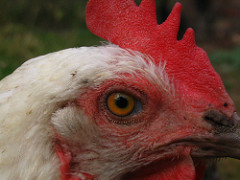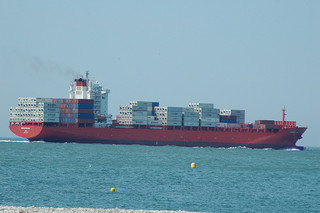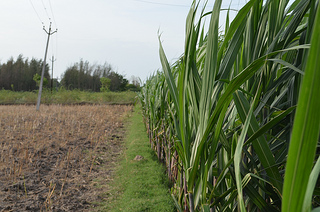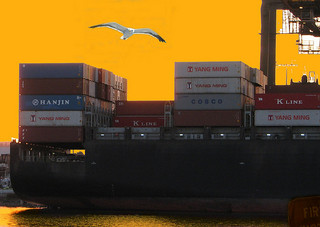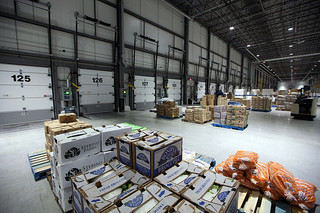How Supply Chains Battle the Bird Flu Outbreak

2015 has seen the biggest bird flu outbreak in history. Countries around the world have been affected, but the U.S. is feeling it the hardest. More than 1.2 million birds have been killed by the disease already, and authorities are baffled on how to contain it. The bird flu outbreak has also been a supply chain nightmare.
U.S. Poultry and Egg Products Are Banned
The U.S. Department of Agriculture reported that since December of 2014, two strains of the bird flu have been found across 14 U.S. states. The H5N2 strain has been found in Idaho, Oregon, Washington, Montana, Wisconsin, Kansas, Kentucky, North Dakota, and South Dakota. The H5N8 strain has been found in California and Idaho.
Many countries have banned imports of U.S. poultry and egg products, costing the U.S. $6 billion in 2014 alone. The loss of goods in 2015 is expected to be a lot higher. Mexico, China, and many other large economies were the first to ban U.S. poultry.
Trying to Contain the Bird Flu Outbreak
It’s been difficult for the U.S. to contain the bird flu outbreak because not all farmers use the same supply chain companies. Plus, scientists believe that migratory birds and water fowl are mostly to blame for the spread of the disease. Currently, distribution channels are shut down when the bird flu is suspected. It’s hard for the government to control where affected birds and poultry products go, though. Farmers are mostly responsible for their own distribution channels across the U.S. and the world.
The bird flu has been around for a long time. However, the strains are becoming stronger and easier to spread. That’s bad news for the poultry industry as a whole because they may never be able to get their flocks back up to previous levels. It is costing farmers millions of dollars because the bird flu is nearly impossible to contain.
Egg Shortages and Long Term Effects of the Bird Flu
Egg shortages have already become a problem because of the bird flu. This has caused the price of goods to skyrocket, especially processed egg products like liquid eggs. Supply chains must pick and choose where their products go, and since there are not enough eggs to keep up with the demand, some places are experiencing these shortages. Additionally, many food products use eggs, such as breads and cookies. Grocery stores are seeing an increase in the price of several goods as a result.
Many believe that the egg shortages will stay around for several years as farmers struggle to increase their flock sizes again. Some farmers have lost more than 50 percent of their normal increase. Plus, further outbreaks are expected in the coming years.
The bird flu is a massive food safety issue. It is something that the world is going to have to deal with for a long time. Supply chains need complete reform for sanitation and other prevention methods to help stop the spread of the disease. Migratory birds can’t be contained, but there are some prevention measures that can help minimize the spread.

